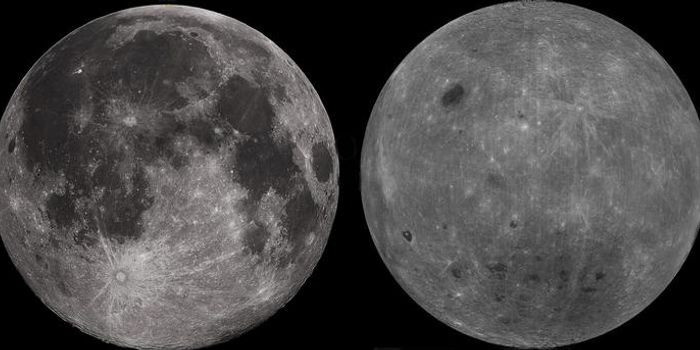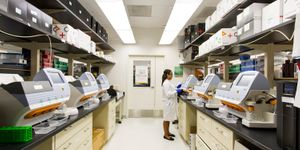Air-Powered Generators?
Researchers at the University of Massachusetts Amherst have developed ‘air-powered generator’--a device that utilizes natural protein to produce electricity from moisture in the air. The device, labeled as ‘Air-Gen’, could hold significant implications for the future of renewable energy, climate change and medicine.
"We are literally making electricity out of thin air," says Jun Yao, an electrical engineer at UMass Amherst.
"The Air-gen generates clean energy 24/7. It's the most amazing and exciting application of protein nanowires yet,” adds microbiologist, Derek Lovely.
The Air-gen forms a bridge between electrodes to protein nanowires produced by Geobacter bacterium. The electrodes and the protein nanowires are non-polluting and low-cost generator.
Learn more about early attempts of air generator:
"I saw that when the nanowires were contacted with electrodes in a specific way the devices generated a current,” says Xiaomeng Liu, a Ph.D. student in Yao's lab who was developing sensor devices. “I found that that exposure to atmospheric humidity was essential and that protein nanowires adsorbed water, producing a voltage gradient across the device."
The Air-gen device depends on thin film of protein nanowires that are less than 10 microns thick, then the bottom of the film rests on an electrode. The film will then adsorbs water vapor from the atmosphere.
Yao says, "The ultimate goal is to make large-scale systems. For example, the technology might be incorporated into wall paint that could help power your home. Or, we may develop stand-alone air-powered generators that supply electricity off the grid. Once we get to an industrial scale for wire production, I fully expect that we can make large systems that will make a major contribution to sustainable energy production."
Source: Science Daily









